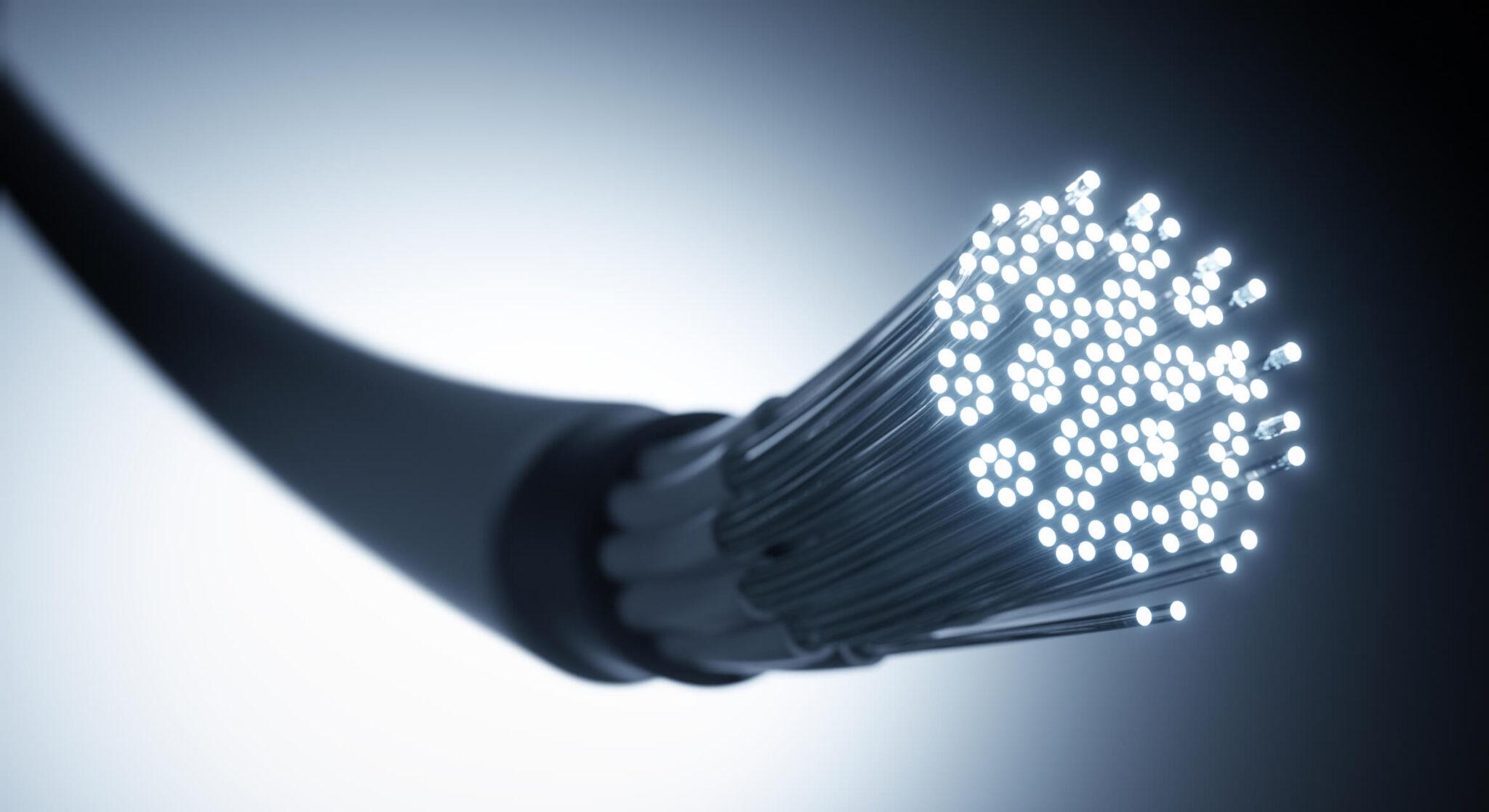Dark fiber, often shrouded in mystery, is a critical component of modern telecommunications infrastructure. In this article, we delve into the world of dark fiber, exploring what it is and how it's revolutionizing connectivity.
What is Dark Fiber? Dark fiber refers to unused or unlit optical fiber cables that have been laid underground or installed along utility poles. These fiber-optic cables have the capacity to transmit vast amounts of data using light signals but are not currently in use by any network provider. Hence, they are often described as "dark" because they are not actively transmitting data.
How Does Dark Fiber Work? Dark fiber works similarly to traditional fiber-optic cables. Light signals are transmitted through the fiber-optic strands, allowing data to be sent over long distances at incredible speeds. However, unlike traditional fiber-optic cables, Dark Fiber is not connected to any network equipment, giving organizations the flexibility to customize and control their own network infrastructure.
Benefits of Dark Fiber:
- Scalability: Dark fiber provides virtually unlimited bandwidth, allowing organizations to scale their network capacity according to their needs.
- Security: Since dark fiber networks are dedicated and private, organizations can enjoy enhanced security and data protection.
- Cost-Effectiveness: While the initial investment in dark fiber infrastructure may be significant, organizations can ultimately save money by avoiding recurring leasing fees associated with traditional networking solutions.
- Control and Flexibility: Dark fiber networks give organizations complete control over their network infrastructure, allowing for customization and flexibility to meet specific requirements.
Get more insights,On Dark Fiber
